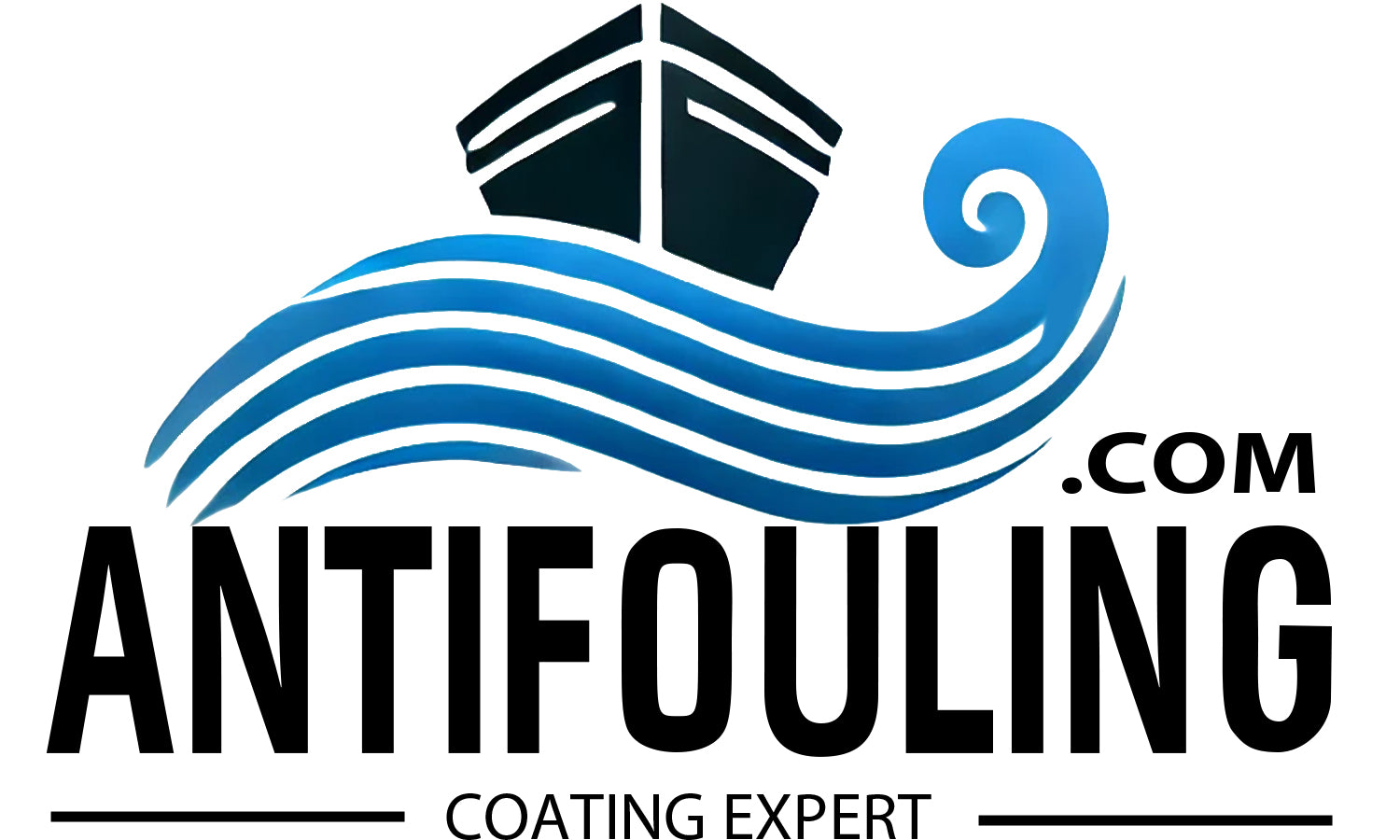The right number of antifouling layers not only provides optimal protection against growth, but can also reduce maintenance costs in the long term. But how many layers are ideal and what strategies are available depending on the type of antifouling? In this article, we explain how to get the most out of your antifouling.
Why are multiple layers important?
Several layers of antifouling are important to achieve an even and long-lasting protective effect. Each new layer increases resistance and ensures that the antifouling protection is maintained even under heavy stress or intensive use.
-
Wear compensation: Self-polishing antifouling in particular wears away continuously and therefore requires a sufficient layer thickness.
-
Protection reserve: With multiple layers, wear and tear will be visible earlier on the bottom layer of paint - so you know exactly when repainting is necessary.
-
Longer durability: Especially for boats that stay in the water for long periods of time, multiple layers provide long-term protection.
Recommended number of layers depending on the antifouling type
1. Self-polishing antifouling
-
Recommended coats: At least 2 to 3 coats.
-
Why: Self-polishing antifouling wears off continuously. Additional layers in different colors make it easier to check: when the bottom color becomes visible, it is time for a new coat.
-
Pro tip: Apply each coat in a different color to make it easier to see the level of wear.
2. Hard antifouling
-
Recommended layers: At least 1 to 2 layers per season.
-
Why: Hard antifouling remains as a solid protective layer on the underwater hull and is not removed. A new layer applied every year provides optimal protection and prevents the primer from showing through.
-
Professional tip: Hard antifouling is particularly suitable for fast motorboats and trailer boats where mechanical abrasion is high.
3. Biocide-free coatings
-
Recommended coats: At least 2 coats.
-
Why: Biocide-free coatings are based on smooth surfaces that prevent organisms from adhering. Additional layers increase resistance and improve the protective effect.
-
Pro tip: Regular cleaning is especially important here, as these coatings do not contain any active ingredient.
When do more layers make sense?
Additional layers can be helpful in the following cases:
-
Long lay times: Boats that stay in the water for months benefit from more layers as they are subject to greater wear and tear.
-
Salty waters: In salt water, the growth is more intense, which is why increased protection is necessary.
-
High speeds: Fast-moving motorboats generate more abrasion on the underwater hull.
What to do when switching to Seajet antifouling?
Switching to Seajet antifouling is an excellent choice for sustainable and effective antifouling. To ensure a smooth application, you should consult the Seajet compatibility chart. This shows whether your current antifouling is compatible with Seajet.
-
Compatible antifouling: If your existing antifouling is compatible, you can apply Seajet directly.
-
Incompatible antifouling: If your current product is incompatible, use a primer such as Seajet Primer. This will ensure that the new layer adheres securely.
-
Application of the adhesion promoter: Apply the adhesion promoter evenly to the old layer and allow it to dry thoroughly before applying the Seajet antifouling.
If you are unsure or the antifouling is damaged, it is advisable to completely remove the old paint and reapply it with a suitable primer.
Layer structure: step by step
-
Apply primer or undercoat:
-
Use a suitable primer, the Seajet 117 epoxy resin primer is suitable for all hull types. With 3-5 coats you have perfect osmosis protection.
-
-
First layer of antifouling:
-
The first two layers serve as a base and should be applied evenly. This is where the basic structure of the protection is created.
-
-
Additional layers:
-
With self-polishing antifouling, each additional coat increases the protection. Please observe the recommended drying time between coats.
-
Conclusion: The right number for optimal protection
The ideal number of antifouling layers depends on your boat type, the waters and the use. As a rule of thumb:
-
Self-polishing: At least 2 to 3 coats to ensure even protection.
-
Hard antifouling: 1 to 2 coats per year, especially before the season.
-
Biocide-free: At least 2 coats, combined with regular cleaning.
When switching to Seajet Antifouling, observing the compatibility rules ensures smooth and long-term protection. Plan the painting well in advance of the season to be optimally prepared.

Share:
How long does antifouling last?
How often does antifouling need to be renewed?